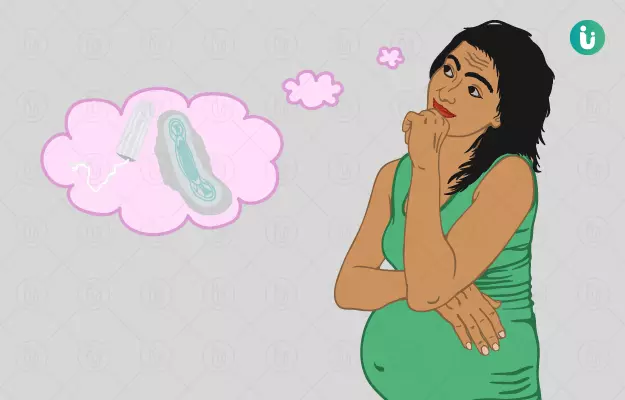Menstrual cycle or periods mark the beginning of the reproductive phase in a woman's life. On average, a single cycle is about 28 days. Though it varies between 21 and 35 days for most women. During each cycle, an ovary (female reproductive organ) releases an egg or an ovum through a process called ovulation. After ovulation, the egg remains viable for a day or two. If fertilisation happens during this period, it leads to pregnancy. The fertilised egg gets embedded into the wall of the uterus and starts to grow. Otherwise, the inner lining of the uterus breaks down and the woman starts menstruating. The whole process is controlled by a group of hormones including progesterone and estrogen.
Missing your menstrual periods is thus one indicator that you may be pregnant and you don't get your periods during pregnancy.
Although, in early pregnancy, some light bleeding, called 'spotting' may occur. It is a sign that the foetus is getting implanted in the wall of your womb. This is also known as 'implantation bleeding' and usually happens around the time that your first period after conception would have been occurring.
But there may be other reasons for bleeding during pregnancy. So, it is natural to get worried when you see blood spots while you are pregnant.
Vaginal bleeding is a frequent complication during the first trimester, which is more serious in the following trimesters. Hence, it is important to make an appointment with your doctor and find the exact cause of bleeding at the earliest.
Read more: Early signs you may be pregnant
























